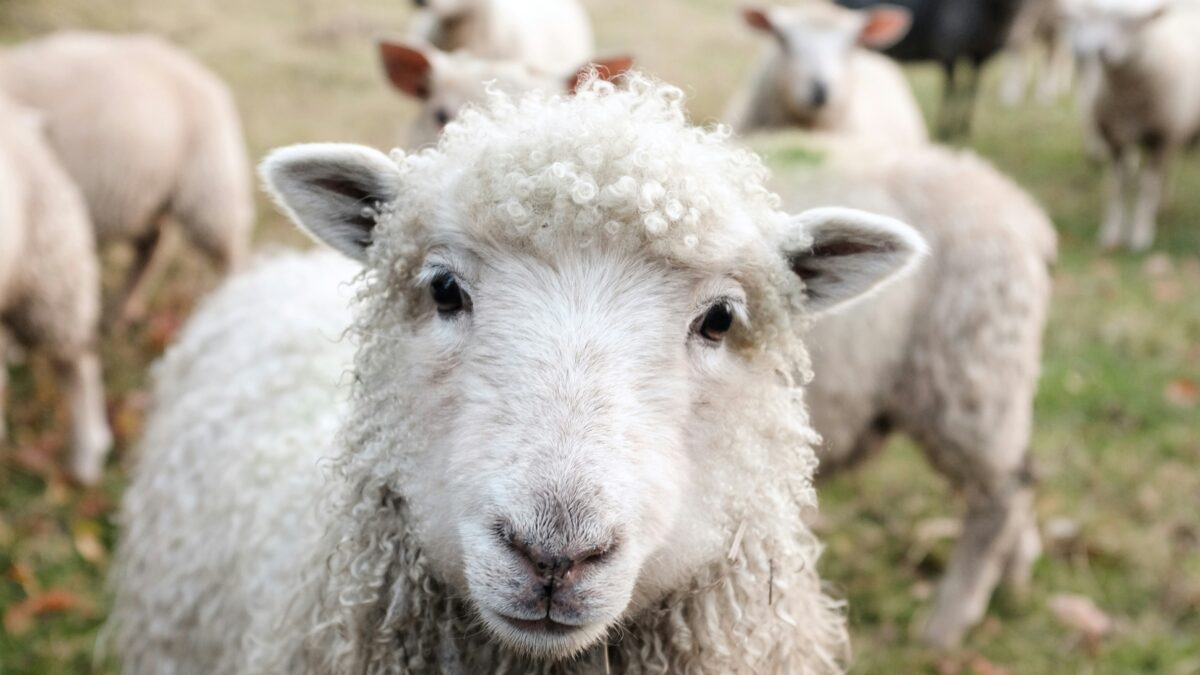Introduction to Endangered Species
Welcome to a world full of wonders, where the graceful dance of dolphins in the ocean and the majestic stride of elephants across vast savannas captivate our hearts. However, this beauty is under threat as many species face the risk of extinction. Today, we delve into the importance of protecting endangered species, exploring how human actions have impacted these magnificent creatures and why conservation efforts are crucial for their survival. Join us on this journey to discover how each one of us can make a difference in preserving our planet’s precious biodiversity.
The Impact of Human Actions on Animals
Human actions have undeniably had a significant impact on animals all around the world. The destruction of natural habitats for urban development and agriculture has led to the displacement and extinction of many species. Pollution from industries and irresponsible waste disposal has contaminated ecosystems, affecting wildlife populations profoundly.
Over-exploitation through activities like hunting, fishing, and illegal trading has pushed numerous species to the brink of extinction. Climate change caused by human activities is altering environments faster than many species can adapt or migrate.
The loss of biodiversity due to human actions not only affects animals but also disrupts entire ecosystems, leading to cascading effects on other species and ultimately impacting human well-being as well. It’s crucial for us to acknowledge our role in these negative impacts and take action to mitigate them before it’s too late.
Why We Should Care About Endangered Species
Have you ever stopped to think about the ripple effect of losing a single species in an ecosystem? The truth is, every living creature plays a unique role in maintaining the delicate balance of nature. When we lose one, it can set off a chain reaction that disrupts the entire ecosystem.
Endangered species are like alarm bells warning us about the health of our planet. Their decline often reflects larger environmental issues such as habitat destruction, pollution, and climate change. By caring for these vulnerable animals, we are essentially safeguarding our own future.
Beyond their ecological importance, endangered species also hold cultural significance for many communities around the world. They inspire wonder and awe, connecting us to the beauty and diversity of life on Earth.
Protecting endangered species isn’t just about saving cute or majestic animals; it’s about preserving biodiversity and ensuring a sustainable future for generations to come.
Success Stories: Cases of Recovering Endangered Species
Imagine a world where the Amur leopard, once on the brink of extinction, now roams freely in its natural habitat. Thanks to dedicated conservation efforts, this majestic feline population has seen a significant increase.
In another success story, the black-footed ferret population has rebounded from near extinction to over 1,000 individuals today. It’s inspiring to see how collaboration between wildlife agencies and local communities can make a real difference.
The humpback whale is yet another example of a species that has made an incredible comeback. Once hunted almost to extinction for their blubber, these gentle giants are now thriving thanks to protective measures and marine conservation efforts.
These success stories serve as reminders of what can be achieved when we come together to protect our planet’s biodiversity. They show us that with dedication and action, we can turn the tide for endangered species and ensure they have a future in our world.
The Role of Conservation Efforts in Protecting Endangered Species
Conservation efforts play a vital role in protecting endangered species around the world. These initiatives are crucial for ensuring the survival of various animals facing extinction due to human activities such as habitat destruction, poaching, and climate change.
By implementing conservation programs, organizations and governments can work towards preserving wildlife habitats, enforcing laws against illegal hunting and trade, and raising awareness about the importance of biodiversity. Through these actions, endangered species have a fighting chance at recovery and thriving once again in their natural environments.
Collaboration between stakeholders including scientists, policymakers, local communities, and concerned individuals is key in driving successful conservation efforts. By working together towards a common goal of safeguarding vulnerable animal populations, we can make a significant impact on the future of our planet’s biodiversity.
Through continued dedication to conservation practices and education on sustainable living habits, we can help protect endangered species for generations to come. Let’s all do our part in supporting these essential efforts!
Ways Individuals Can Help Conserve Endangered Species
Now that we understand the importance of protecting endangered species and the role each one of us can play in conservation efforts, it’s crucial to take action. By spreading awareness, supporting organizations dedicated to wildlife preservation, reducing our carbon footprint, and making sustainable choices in our daily lives, we can all contribute to safeguarding these incredible creatures for future generations. Together, let’s work towards a world where dolphins continue to dance in the oceans and elephants roam freely in their natural habitats. Our planet’s biodiversity is a treasure worth protecting – let’s do our part to ensure its survival.
























